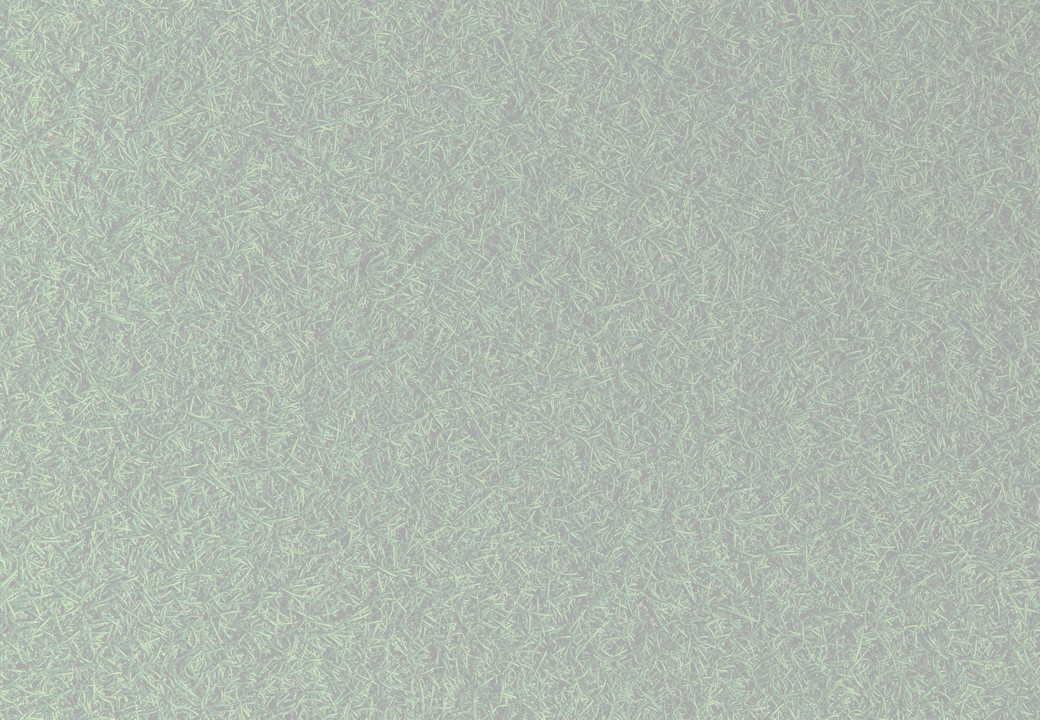To Nepal and Back – Part 6 – The Cities
I mentioned in previous parts in this series that we cut short our trekking in the mountains by one and a half days by hiring a jeep to take us to Pokhara. One of the reasons was that we found out from fellow trekkers that Nepal would celebrate Holi in a big way on 12 March. We found out later that Holi or the festival of colours is celebrated in India, Nepal and in a country with a Hindu population. This is an annual festival which lasts over a week; and 12 March was a national holiday for Nepal. It is meant to celebrate the arrival of spring; and we were told that Nepalese typically celebrate the festival’s eve with huge bonfires and feasts.
On the day itself, people traditionally throw coloured powder into the air, on the streets and onto other people. While enjoying our first sit down and leisurely breakfast in more than ten days, the hotel staff came with a plate of coloured powders – red, green, yellow, purple, crimson, blue and others – and applied them on our faces, typically on the forehead, below the eyes and on the cheeks and chins. We went out on the streets afterwards and indeed saw young people throwing colours in powder or with water on each other, making lots of noise in the process. Typically, they started with white T-shirts which quickly took on multi-colorings in patches and various shapes. Nobody did anything to us, contrary to what guide books say they would, but we were careful to avoid eye contacts with those blatantly aggressive groups.
That was how we began our life after trekking. It was a sunny morning. Pokhara is not a huge place; and the airport is only about ten minutes’ drive from our hotel – Temple Tree. We walked to the main road towards the direction of the lake from where we took a boat to the Fish Tail Hotel which Su had stayed in some 20 years back. It is called Fish Tail after the famous peak with the same name in English and is the whys and wherefore many visitors come to Nepal. We did what tourists did, took pictures and walked the gardens and paths of the hotel before we took a raft back to the main road. We found a Chinese restaurant which looked good, went in and had lunch. It turned out to be the only restaurant we used outside the hotel in the next five days. It’s not that we are not adventurous with food, but we don’t want to get ill with food we don’t know.
Back in Temple Tree which is a Spa and Resort well-advertised on the website and guide books, we tried their trekkers’ Spa and some other treatments for two sessions, each lasting more than two hours; we hung around; spent time at the bar and so on; and even attempted to attend an evening pop concert with set meals but changed our mind when the package didn’t appear to be good value. One thing we found out was that the hotel did not have hot water in the afternoon, probably for operational reasons. Then they had brown outs rather often, but each power interruption seldom lasted longer than a minute or two.
It was total relaxation for body and mind for four night and on the fifth day, we took the ten minute trip to the airport, catching a flight to Kathmandu, once again ahead of time. We checked into the same hotel – Yak & Yeti – and stayed for three nights leaving rather late at night on the fourth day, without having to pay for an extra day for the hotel. Kathmandu was not as relaxing as Pokhara in the sense that we had booked some package tours for two days. On the day we didn’t, Su became the guide and took me around on foot through the busy and crowded streets, always dusty and polluted, noisy and packed, though not in unfriendly atmosphere. Su took me to see the ruins of some grand temples which were the palaces of successive kings until changes in the political landscape and before the 2015 earthquake which destroyed so many old and precious structures.
We visited more temples, villages and artefacts with our guide and were briefed of the culture, relics, religions, history and economies of Nepal in general and the cities in particular. No doubt, Nepal has a lot to offer. Its history, particularly the religion related aspects, went back so long and was so rich and intense that it would take an informed person a long time to look at, to appreciate and to understand a small part of it, let alone for an average tourist with thin to no background and with hardly sufficient time to do any temple in the process of reconstruction. Many of these places are museums in themselves. They don’t charge a lot for admission. The problem is time and the background.
This is the final part of our Nepal Trip in March 2017. I don’t know when we would visit the country or the mountains again, but I might talk or write about the place again sometime.
